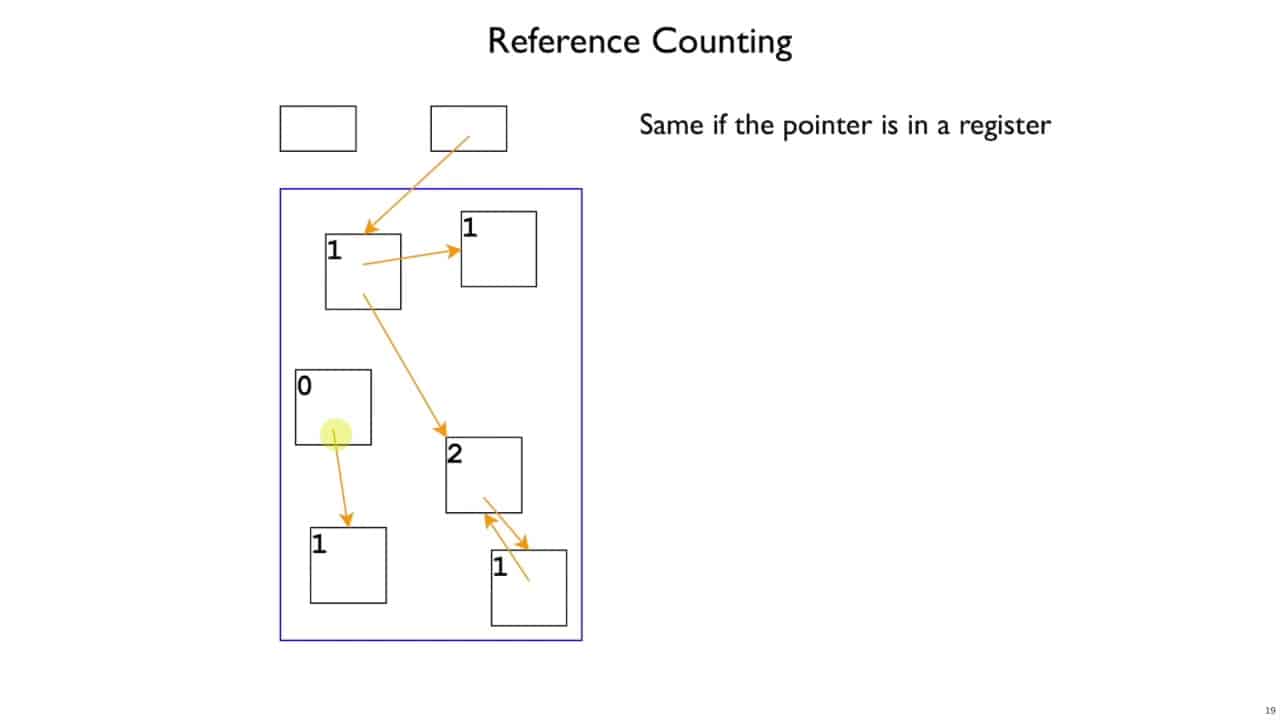Reference counting is a computer programming technique for memory management. It involves keeping a count of how many references point to an object in computer memory, as it is taken from the process of garbage collection. If a piece of data is no longer being used in a program, the memory occupied by that data will be cleared.
Reference counting works by maintaining a counter for each allocated piece of data in memory. Each time a reference to that data is made, the counter is incremented. Conversely, each time a reference to the data is released, the counter is decremented. When the counter reaches 0, the data is no longer needed by the program and the memory allocated for it can be released.
Reference counting is widely used in high-level programming languages such as Java and Python, where the language itself tracks and releases allocated memory. It is an effective technique for ensuring efficient garbage collection and avoiding memory leaks. One limitation of reference counting is the problem known as a circular reference, where two objects continually increment and decrement each other’s reference counters without ever reaching 0. This requires special handling, so the circular references can be broken and the memory released.
Ultimately, reference counting is an important tool for memory management in computer programming, and must be correctly implemented to avoid memory leaks and maintain system performance.






